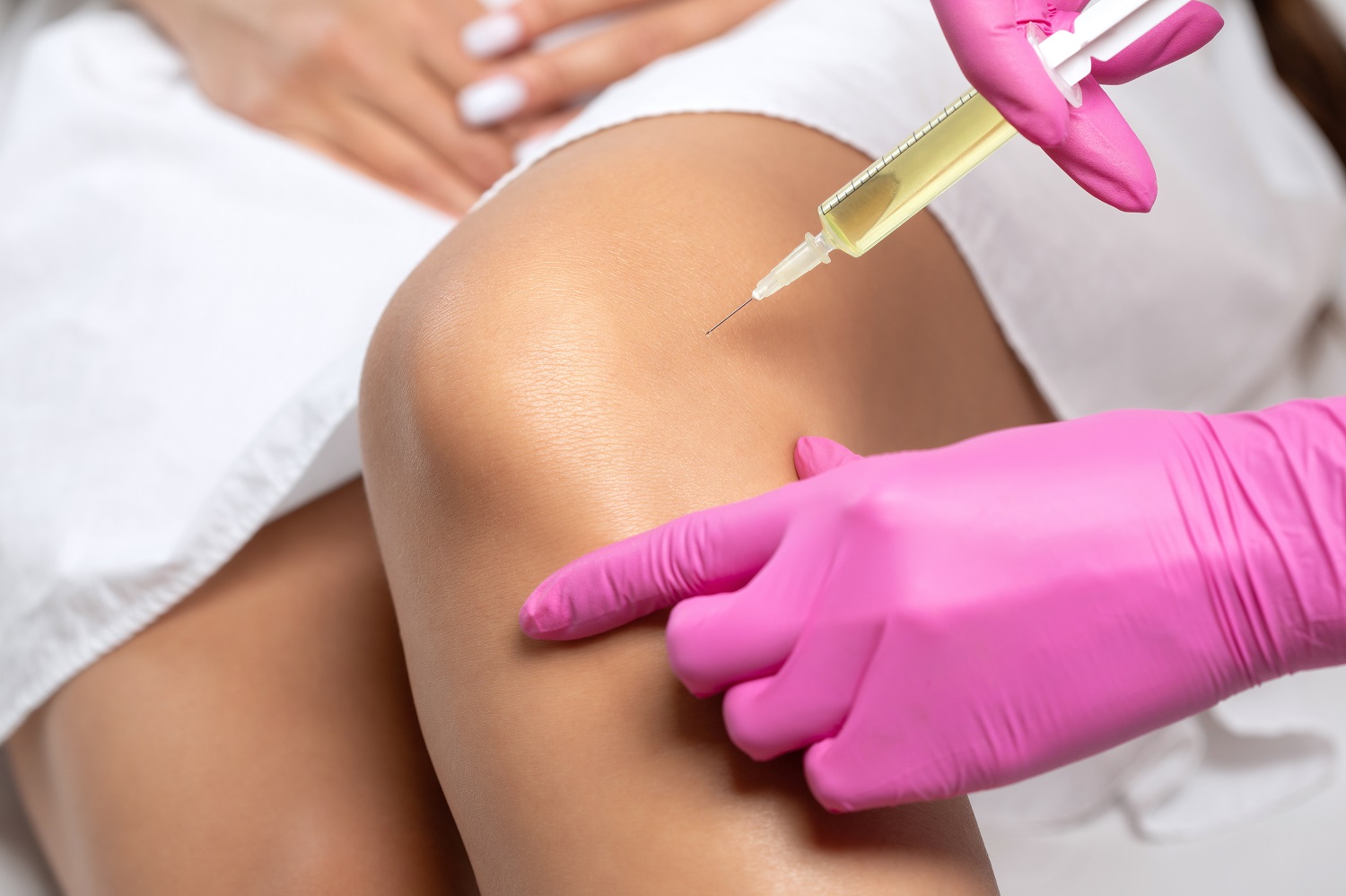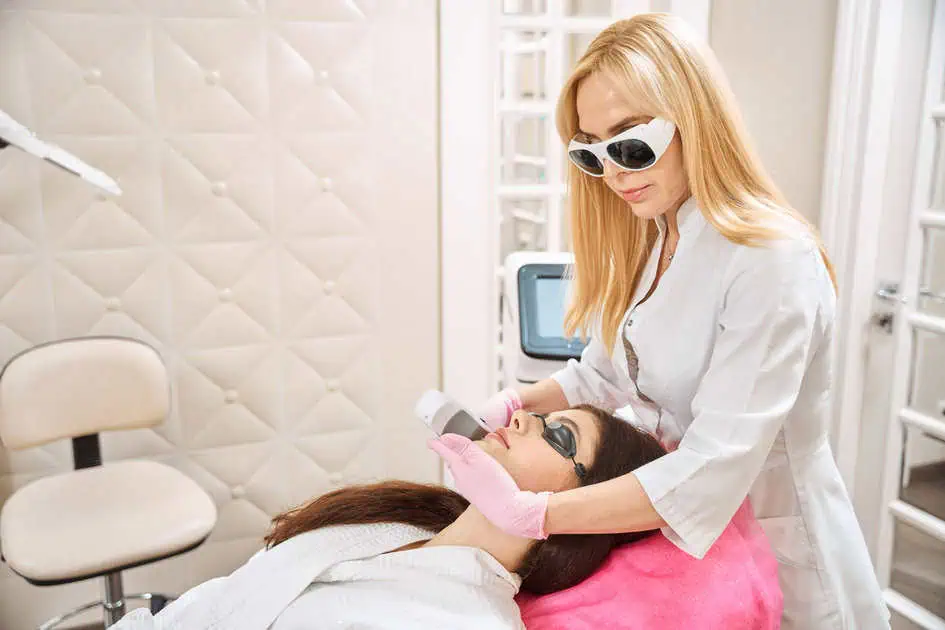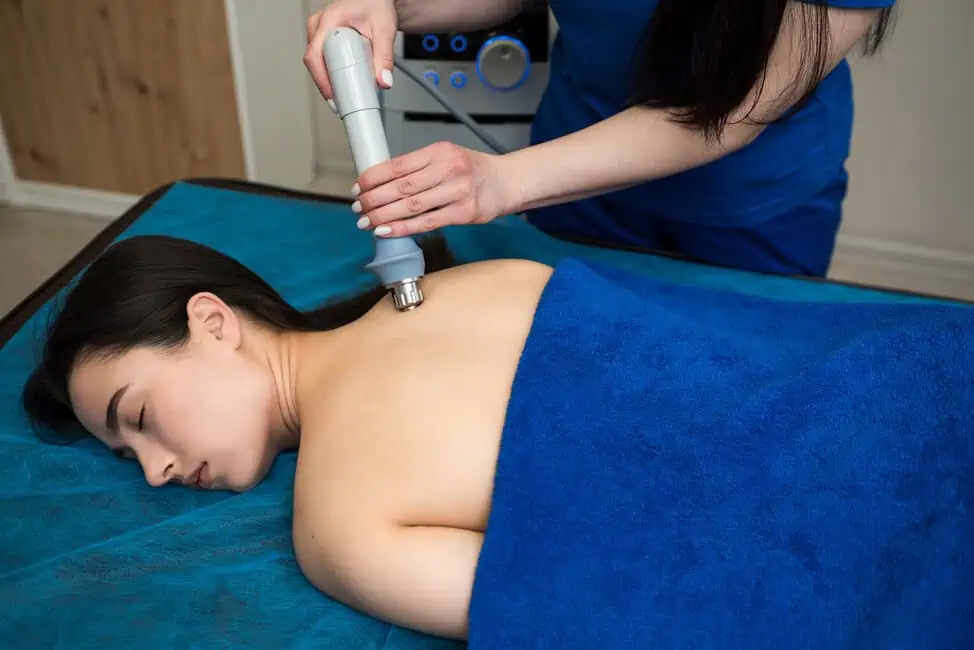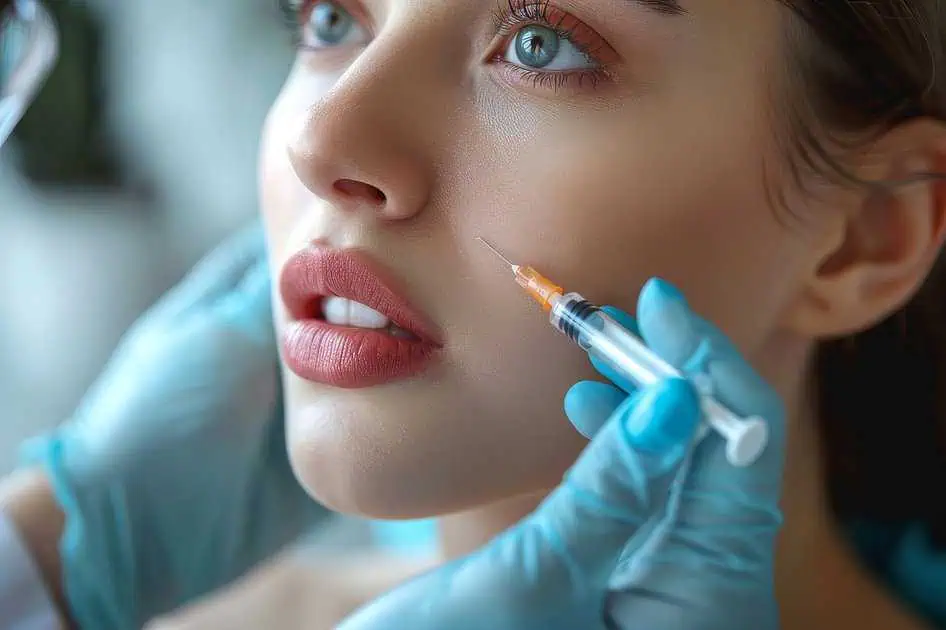PRP Therapy for the treatment of a common knee condition
In this article, Dr. Steven Sorr discusses the use of PRP Therapy for the treatment of a common knee condition called osteoarthritis.
With over 8500 peer-reviewed journal studies researching the safe and effective use of Platelet Rich Plasma, PRP therapy works to heal and rejuvenate tissue, especially for knee osteoarthritis. Research and clinical data continue to prove PRP has applications in healing many degenerative conditions.
Osteoarthritis (OA) also known as a degenerative joint disease is the most common type of arthritis. According to the CDC in 2005, OA affected over 26.9 million Americans, predominantly in the knees, followed by hands and hips.
In addition, it is classified as either Idiopathic (localized or generalized) or Secondary (traumatic, congenital, metabolic/endocrine/neuropathic and other medical causes). Convention treatments are focused on treating symptoms such as pain, inflammation, friction, and secondary muscle spasms. Once that fails, surgery is the next and last option…until now.
What is PRP?
Platelet Rich Plasma or PRP therapy is one of a few techniques in a branch of medicine called Rejuvenating Injection Therapies. PRP Therapy is been used since the 1990s to heal tissue by utilizing the patient’s own platelets, concentrated with a centrifuge and delivered back into an area of damage or degeneration. The resultant wound healing process is amplified and stronger than if left alone.
PRP changes the diseased tissue to a healing environment
Rescuing a joint from a painful diseased state is difficult with standard therapies such as cortisone and often give only mild relief of symptoms. PRP therapy releases concentrated growth factors that stimulate multiple pathways to healing.
VEGF – Vascular endothelial growth factor is a vital signal that brings in new blood vessels to damaged tissue. Joints are predominantly void of blood supply and are considered inert. Once the tissue is damaged, there’s little to no coming back from that.
FGF – Fibroblast growth factor sends the cells that produce collagen to work, fibroblasts. These cells are present throughout the body. In areas of connective tissue, joints, and skin, they are much higher. This growth factor is incredibly important for thickening ligaments, tendons, and other surrounding structures.
PDGF – Platelet-derived growth factor aids in cell growth, new generation, and repair of blood vessels, and collagen production
TGF-b – Transforming growth factor beta promotes the growth of epithelial cells, endothelial cells and promotes wound healing.
EGF – Epidermal growth factor plays an important role in the promotion of epithelial cell growth, angiogenesis, and promotion of wound healing.
KGF – Keratinocyte growth factor promotes the growth and new generation of keratinocytes.
PRP wakes up stem cells
Stem cells live throughout the body and live in a state of rest. When prompted by growth factors, stem cells migrate to the injured area to heal and repair by differentiating into that specific cell type.
One of the challenges for the body in chronic joint disease is stem cell depletion. The local stem cells have already been utilized in that area and as time goes by the joint condition worsens. It is not that people are getting older, it is the lack of available stem cells to rejuvenated tissue.
Can PRP Therapy help patients recover from surgery?
Yes, PRP is effective at improving the healing environment and increasing the wound repair process. When a patient has surgery, ligaments and tendons are often stretched or pushed out of the way.
This sets the joint up for further laxity or joint instability, the most common underlying cause of the joint pain in the first place. PRP Prolotherapy heals weakened structures like ligaments, tendons, cartilage
How long does PRP last?
The most common question that gets asked is how long does a treatment last. The direction of this question stems from the use of drugs since drugs wear off over time, such as NSAIDs or a cortisone shot.
PRP Prolotherapy works in the opposite direction. This therapy continues to work for 3-6 months after the initial injection. It is your body that is effectively knitting together new tissue. Each subsequent injection has an additive effect, boosting the healing environment.
At Source of Health, our treatment programs are customized to the individual patient based on their unique situation. No one treatment works for everyone. Putting a care plan together for the patient who is committed to the healing process and resolving their pain will result in a positive synergistic effect versus conventional models of care.
In conclusion, PRP therapy has proven to be a safe and effective treatment for knee osteoarthritis and many other degenerative conditions. While conventional treatments remain popular, such as NSAIDs, cortisone, and arthroscopic surgeries, the use of regenerative injections is making a significant impact on the medical community. Patient have seen remarkable results and can live their lives far better without drugs or surgery.
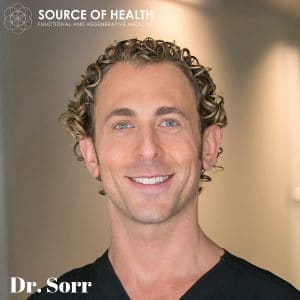
About the Author:
Dr. Steven Sorr is the founder and chief medical officer at Source of Health in Scottsdale, AZ and has been in clinical practice using regenerative medicine since 2013. He received his doctorate in naturopathic medicine from SCNM and is a licensed healthcare provider in Arizona.
Dr. Sorr brings a huge passion for life and a diverse educational background of food, yoga, and medicine to Source of Health. His goal is to revolutionize the standard of care mindset by making significant strides in evidence-based therapies that are drug and surgery-free to restore high-level health for all.
References:
1. Moraes VY (April 2014). “Platelet-rich therapies for musculoskeletal soft tissue injuries”. Cochrane Database Syst Rev. 29.
2. Yu W, Wang J, Yin J (2011). “Platelet-Rich Plasma: A Promising Product for Treatment of Peripheral Nerve Regeneration After Nerve Injury”. Int J Neurosci 121 (4): 176–180.
3. Borrione P, Gianfrancesco AD, Pereira MT, Pigozzi F (2010). “Platelet-rich plasma in muscle healing”. Am J Phys Med Rehabil 89 (10): 854–61.
4. Alan Schwarz (2009-02-16). “A Promising Treatment for Athletes, in Blood”. New York Times (New York).
5. Foster TE, Puskas BL, Mandelbaum BR, Gerhardt MB, Rodeo SA (2009). “Platelet-rich plasma: from basic science to clinical applications”. Am J Sports Med 37 (11): 2259–72.
6. Griffin XL, Smith CM, Costa ML (2009). “The clinical use of platelet-rich plasma in the promotion of bone healing: a systematic review”. Injury 40 (2): 158–62.
7. Mishra A, Woodall J, Vieira A (2009). “Treatment of tendon and muscle using platelet-rich plasma”. Clinics in Sports Medicine 28 (1): 113–25.
8. Mishra A, Pavelko T (2006). “Treatment of chronic elbow tendinosis with buffered platelet-rich plasma”. The American Journal of Sports Medicine 34 (11): 1774–8.
9. Pak J, Lee JH, Park KS, Jeong BC, Lee SH. (2016). “Regeneration of Cartilage in Human Knee Osteoarthritis with Autologous Adipose Tissue-Derived Stem Cells and Autologous Extracellular Matrix.”; 5(1):192-200. doi: 10.1089/biores.2016. 0024.
